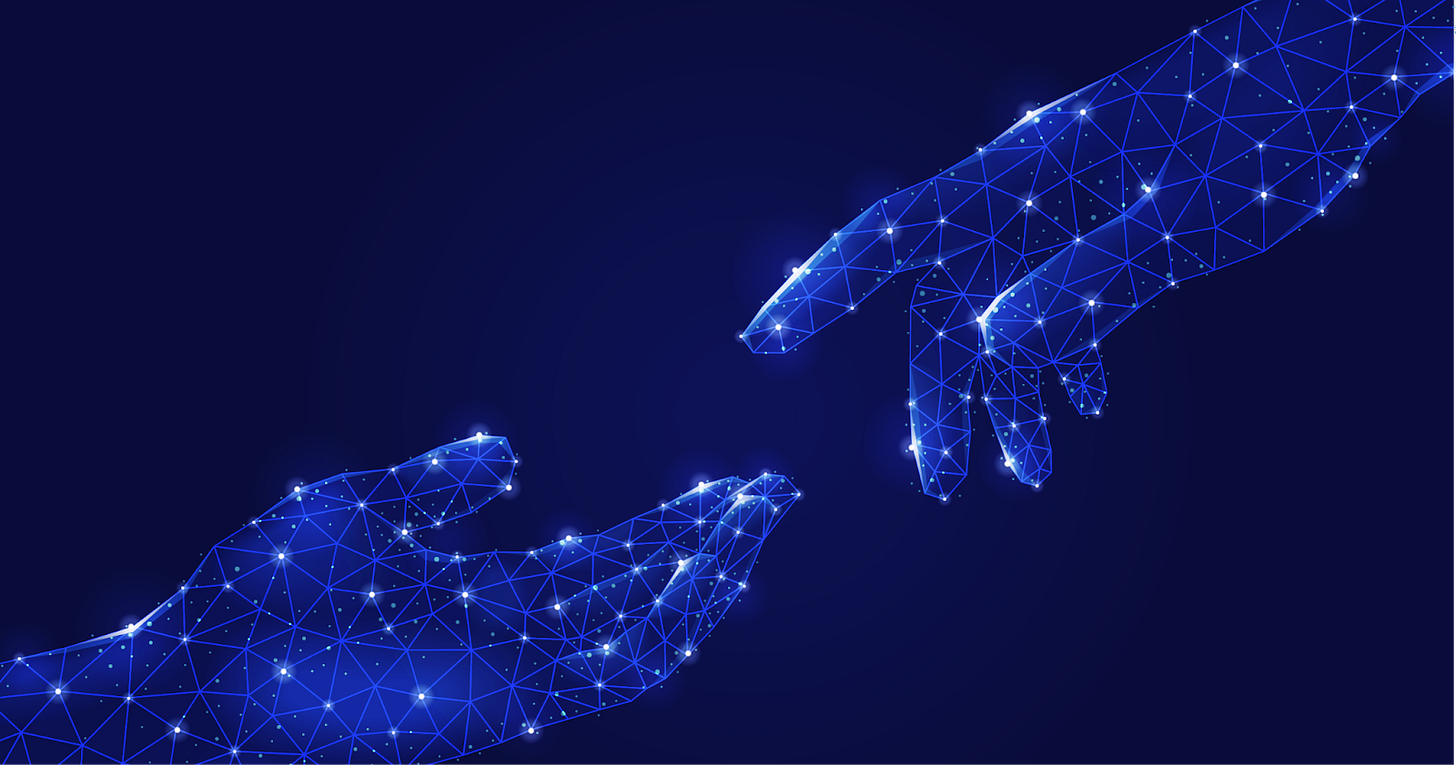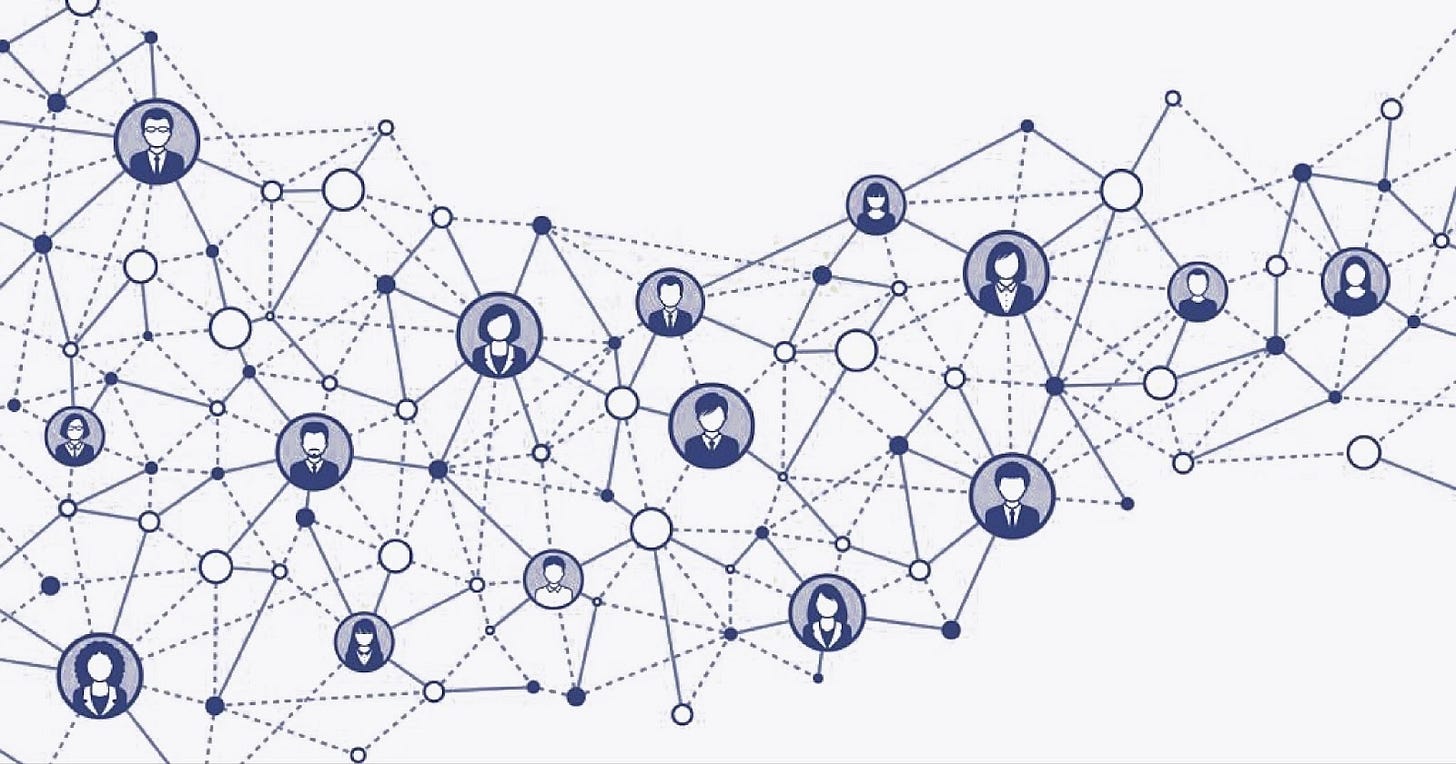Community Health - An Imperative for Web3 Communities
Our dear friends over at rnDAO wrote this post about the importance of health & measuring health of Web3 communities through a bunch of well-thought-through metrics - we give you the very first guest post written for this newsletter 👀
Wait, WTF is MetaGame?
Hey, welcome new curious octopi joining us over the past week! 👋
For the fresh; MetaGame is a massive online coordination game with the goal of seeking the most optimal ways to play life on a personal as well as the collective level.
Consider it a real-life MMO-RPG & know we’re producing educational content, organizing events, onboarding people into the DAO space & building a network of DAOs as well as an operating system for composable communities & platforms.
Maybe check out the above interview & and cya in there?
🚑 Community Health - An Imperative for Web3 Communities
When RnDAO embarked on a research journey to understand and measure community health in web3, we knew that it would lead to discoveries and insights, that it would broaden our thinking and that of the communities with whom we worked. We were not wrong. As the journey continues, our understanding of community health has evolved and so has our framework of measuring it.
The fundamental premise that community health matters has grown stronger over time. Web3 faces increasing uncertainty due to a combination of the bear market, large scale scams, liquidations and bankruptcy, increasing volatility of crypto prices, tokenization and governance challenges. As all this leads to challenges around participation and engagement, the health of a community becomes paramount. In short, healthy communities will survive and thrive, while those who do not pay attention to community health will eventually scatter and fragment.
To understand why community health matters, let us revisit the definition of a community. A community includes:
A place or platform(s) where the community exists and community members interact with each other
A social structure based on the relationships between community members
A shared meaning or collective identity
And time - a shared history
When these elements come together, we get a sense of community as an emergent property in the hearts and minds of the individuals and in their collective behaviors.
A community consists of multiple layers, from where data can be collected and measured to assess community health. These layers are:
The overall community
Individual members
The relationship between individuals
Subgroups (formally created), and cliques (informally emerging)
The broader ecosystem in which the community is embedded
This definition and its layers, makes a community different from what a Mark Zuckerberg would define as one, which is a collection of users. In our definition of community, we have a shared identity or a theme around which everyone gathers. The shared identity is key here, as it defines some of the biggest and most successful web3 communities (DAOs or others). A strong shared identity makes our relationship with the collective to go beyond transactional, to include identification, projecting innate human desires for self-preservation and growth.
Quoting Brené Brown, who said we cannot truly belong to a collective unless we belong to ourselves, it is important for an individual’s personal belief to align with the shared identity or theme of a community. If you really want to create a healthy community, one of the fundamental things is that people first understand who they are, and then enter the community.
In that relationship, people know why they are there in a community, what they are good at, what kind of skills they can offer, and what they are looking for. This makes the relationship between the individual and the community mutually advantageous and reciprocal rather than forcing themselves to cut their own personality and put up a professional mask (typical of centralized corporate cultures).
These defining characteristics of individuals knowing who they are, what they are looking for, what they have to offer, and how they relate to a broader idea / belief / vision shaped our thinking about measuring community health.
At a very simple but highly impactful level, anyone seriously thinking of maintaining a healthy community, should constantly be asking the following questions:
How can we become more adaptable and resilient to changes?
How can we strike a balance between an overall community ethos and vision, while nurturing sub-groups for enrichment and diversity?
Can we continue to attract new members, while keeping existing members happy, satisfied and engaged?
How should we fulfill a diverse set of educational and engagement needs, which will differ by member tenure, backgrounds, ability to navigate and understand and also by personality types?
None of these are easy questions to answer, as community health in itself is a complex and evolving dynamic. There is nothing called a perfect starting or end point. It is all about continuity and being on a journey.
To support community leaders and community members, in TogetherCrew - the community health project incubated by RnDAO, we assess community health at three levels of granularity:
Layer 1 - The vital signs: a frequent, quick check to take the pulse using global indicators and adjust the level of attention given to improving community health.
Layer 2 - The health assessment of the different nested systems: a more detailed assessment of the health of the different subgroups and cliques, the relationships between members and the well-being of the members themselves.
Layer 3 - The enabling factors for long-term health: a thorough investigation of predictive factors such as trust, self-empowerment, communication practices, psychological safety, etc. by leveraging data-driven methods and tailored interviews to give you insight into how the health of the community will evolve over time
The three layers of analysis allows a Community Manager to progressively go deeper into the dynamics of the community’s health, and the factors that drive it and the barriers that inhibit it. Overall, a community is considered healthy when:
It satisfies the needs and aspirations of its members (including alignment with their values, e.g., the ethos of the community)
Promotes healthy relationships, and functioning of subgroups and cliques
Advances its collective goals (the community’s capacity to generate value)
Exists in a healthy ecosystem
Can resist shocks, adapt and transform as needed
In our most recent work with MetaGame, and in the past with the likes of Aragon and other smaller communities, TogetherCrew (the Community Health project) has uncovered interesting dynamics.
We have seen the differences between real-life working dynamics of highly decentralized and partially decentralized communities, those with many vs few sub-groups, those with predominantly English as mode of communication vs those with language channels, and those with tens of thousands of members vs those with a few thousands.
TogetherCrew aims to bring in data-driven evidence and quantitative analysis rigor into the measurement of community health, but the insights and recommendations are tailored to the unique characteristics and dynamics of each community analyzed. Our recommendations have ranged from:
Strengthening onboarding processes to drive engagement by showing how many people who joined sustain their interaction over several weeks
Providing more support to Community Managers for better understanding of sub-group needs thanks to channel analysis
Effective means of knowledge sharing to strengthen engagement after calculating their fragmentation score
Reducing dependency of community functioning on a small group of contributors after computing how decentralized they are
Strengthen the sense of ownership and belonging through measuring members’ sense of community
The key has been being able to suggest exactly which of these to prioritize above the others, and then how to evaluate whether the actions taken are given the desired result or if the approach needs refining.
As we explore community health more and keep working with a diverse set of web3 communities, we intend to infuse our knowledge into the TogetherCrew framework to expand its capabilities further.
There is a lot more to learn, keeping in mind web3 communities are a relatively new phenomenon. Although the human species have lived in communities for a very long time, a significant part of our lives are spent navigating mechanical, top-down organizational processes imposed by industrial complexes, which in turn confuse and dilute the ethos and principles of community living. The emergence of web3 provides an opportunity to build engaged communities without the limitations of traditional organizational structures and their operations.
Quality interaction data, rigorous analysis and deep interpretation are at the heart of TogetherCrew (RnDAO incubated community health project). At RnDAO, we firmly believe in our vision of “Empowering Humane Collaboration”, which is what TogetherCrew will enable communities to achieve. A combined understanding of the level of cohesiveness, decentralization, relationship structure, interaction levels, and the overall health score gives communities a tangible, measurable, actionable and pragmatic framework to measure, monitor and strengthen their community’s health.
We hope that you will join us in this journey.
If you are interested:
Visit the Website
Join the Telegram group
🐙 Onwards!
Less than a week to go 👀
Want to help us ship things? Go through here or say so on discord 👈
Want to write or publish a post for our 12k subs? Comment below! 🙃
Going to ETHDenver & want to link with MetaFam? Join MetaFam in Denver
Want to just chill? Y not subscribe? 🤷♂️👇








